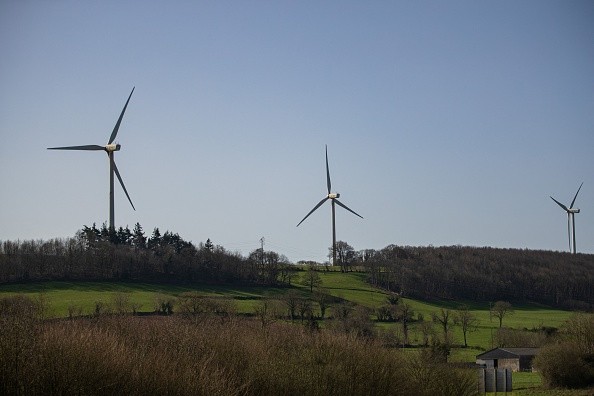For the first time, the percentage of wind and solar in global power generation has surpassed 10%, as China and Japan joined more than 50 other nations in 2021.
Wind and Solar Gaining Traction

Wind and solar are the fastest increasing sources of power, according to the new report from Ember in the United Kingdom. If present rates are maintained, they might provide enough capacity to help keep average global warming below 1.5°C.
The issue is that, following a Covid-caused delay, fossil fuel output and emissions have increased in the past year, and more coal is being burnt since gas has become too expensive.
According to David Jones, principal author of Ember's third annual Global Electricity Review, "wind and solar have arrived." The transformation of the current energy system has begun.
Increased Production
According to Jones, solar generation increased by 23% last year, while wind generation increased by 14%, bringing the total output to 10.3% of worldwide power generation, up from 9.3% a year earlier and more than double the 4.6 percent in 2015, when the Paris climate pact was signed.
Despite coal's highest yearly growth since 1985 to a new record high, all clean power sources - including nuclear (10.1%) and hydro (15.3%) - produced 38 percent of the world's electricity in 2021, which was greater than coal (36 percent).
Combatting Global Warming
To stay on a path that maintains global warming to 1.5 degrees, wind and solar must expand at a 20 percent compound annual pace until 2030. Jones claims that this is the same pace of increase as the previous decade.
This is now eminently possible: wind and solar are the cheapest sources of power on a levelized basis. There is a growing body of knowledge on integrating them into networks at high levels throughout the world.
It is apparent that these technologies are delivering, with 50 nations currently generating more than 10% of their power from these quick-to-deploy resources and three countries now generating more than 40%.
Transitioning

Jones points out that nations such as the United States, Germany, the United Kingdom, and Canada are so confident in clean energy that they expect to switch to 100 percent renewable energy in the next decade and a half.
However, with coal prices rising and power demand growing, all governments with carbon-intensive systems must now act with the same bravery and ambition.
Denmark, Uruguay, and Luxembourg are the countries leading the transition to wind and solar, with shares of 52 percent, 47 percent, and 43 percent, respectively.
Australia's Renewable Power
With a share of more than 22%, Australia ranks pretty high. It also emphasizes South Australia's outstanding performance, with a 62 percent share of wind and solar in 2021.
In addition, Australia is one of three nations - together with the Netherlands and Vietnam - that have moved more than 8% of their total energy consumption from fossil fuels to wind and solar in only the previous two years.
This isn't bad for a country whose federal government has done all it can to halt the transition and whose energy minister has repeatedly and publicly argued that the system has too much wind and solar.
In reality, Australia's world-leading solar efforts demonstrate how much it has added to the local grid in percentage terms since 2015. Rooftop solar is included in the statistics.
China, Japan, Mongolia, Vietnam, Argentina, Hungary, and El Salvador are among the nations that have achieved a 10% wind and solar share of their local grids in the last year.
Although coal and power emissions have reached new highs, Jones believes the global electricity transformation is well underway.
Generating Clean Energy

More wind and solar energy is being integrated into networks than ever before. And not just in a few nations; it's happening throughout the world. They can provide the bulk of the clean power required to phase out all fossil fuels while also contributing to increased energy security.
However, despite Russia's conflict with Ukraine, high gas prices have a great chance of returning to coal, jeopardizing the global 1.5 degree climate objective.
Clean power must now be constructed on a heroic scale. Leaders are now seeing the urgency with which they must transition to 100 percent renewable power.
Related Article : Resurgence of Coal Mining May Direly Affect Global Climate Goals
For more environmental news, don't forget to follow Nature World News!
© 2026 NatureWorldNews.com All rights reserved. Do not reproduce without permission.





